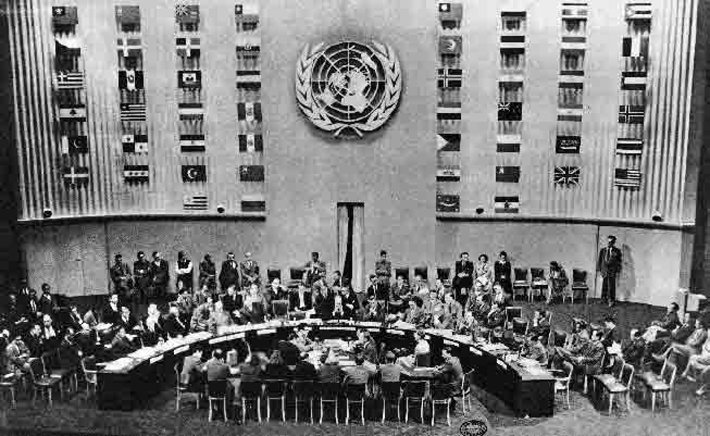
On Dec. 10, 1948, the Universal Declaration of Human Rights (UDHR) was ratified in Paris. Forty-eight nations signed the Declaration, which, in article 18, enshrines freedom of religion. “Everyone has the right to freedom of thought, conscience and religion,” states the Declaration, “this right includes freedom to change his religion or belief, and freedom, either alone or in community with others and in public or private, to manifest his religion or belief in teaching, practice, worship and observance.”
Religious freedom is also an agreed-upon principle in the 1966 International Covenant on Civil and Political Rights, the 1981 Declaration on the Elimination of All Forms of Intolerance and of Discrimination Based on Religion or Belief as well as other agreements and declarations.
The United States Bill of Rights states: “Congress shall make no law respecting an establishment of religion, or prohibiting the free exercise thereof; or abridging the freedom of speech, or of the press; or the right of the people peaceably to assemble, and to petition the Government for a redress of grievances.”
While many religious groups live together in relative harmony guided by the golden rule or other principles of love and tolerance, conflict and hatred are often caused by anti-religious fervor or religious bigotry and intolerance.
Thus the best intentions of the UDHR are often not followed by signatory countries. In a 2018 Report on the worst records for religious liberty, for example, 10 countries were named as engaging in “systemic, ongoing, [and] egregious” violations of religious liberty. Those were Burma, China, Eritrea, Iran, North Korea, Sudan, Saudi Arabia, Tajikistan, Turkmenistan, and Uzbekistan. In addition, The U.S. Commission on International Religious Freedom (USCIRF), created to study religious liberty internationally, said that Russia, Vietnam, Syria, Nigeria, the Central African Republic and Pakistan should have been included.
Of the 16 named above as violators of religious liberty, five signed the UDHR—Burma, China, Iran and Syria, while Russia and Saudi Arabia abstained.
Thus such declarations and agreements are often not followed or enforced. Some countries not signatories were not in existence in 1948. Today there are 193 member states in the United Nations, not the 58 when the UDHR was ratified, and some have gone through revolution and regime change. Borders changed in Eastern Europe after the Cold War, further blurring responsibility for international agreements.
Is it time to revive the UDHR on today’s world stage? The Church of Scientology is one organization that thinks so, and it is pushing hard to revive interest in the UDHR and its principles of human rights and religious liberty. United for Human Rights, for example, is a nonprofit international education program sponsored by the Church of Scientology with the purpose to “Provide human rights educational resources and activities that inform, assist and unite individuals, educators, organizations and governmental bodies in the dissemination and adoption of the Universal Declaration of Human Rights at every level of society.” The UDHR could be the single most important unifying principle to bring about a tolerant and peaceful world.


